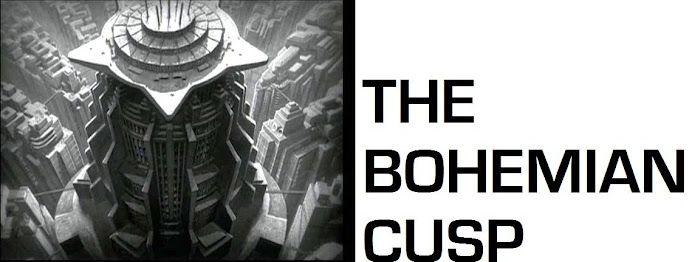 The Paperback Bookshelf, by Studio Parade
The Paperback Bookshelf, by Studio ParadeIf there is at least one thing that the old-fashioned, physical book has over the various types of e-readers, aside from a few millenniums of existence, it is the bookshelf. This thankless vanguard of intellectual support and storage has been keeping our bound volumes safe for as long as there has been a necessity to have a space to cram texts, parchments and/or papyrus.
Yet, beyond the functionality of the shelf, serving as a place to place our paperbacks, is its legacy as an element of interior design. Whether it’s for the infusion of an eclectic collection of colours in a common area or the development and gradual procurement of a stately library to ensure, and quite obviously assert, one’s intellectual acumen (whether feigned or for real), the bookshelf (presumably loaded with books) is an ancient and essential component of decor.
Of course, there are countless iterations of the bookshelf, from those costing $29.99 at your nearby Ikea, to improvised stacks of anything from milk crates to skateboards. However, the inspiration behind the Paperback Bookshelf, from Dutch-based design firm Studio Parade, is so absolutely simplistic, it borders on ingenious. This minimal shelf simply positions books on their sides and in small stacks. When said aloud, admittedly, it sounds ridiculous that such a thing had to be designed. Yet, when viewed, one has to appreciate the blunt wisdom inherent in the simple desire to see things from a different perspective.


 Increasingly, the benefits of urban gentrification are being hailed as hugely important to the cultural development of communities, and broadly, cities. By no means a new, positively received concept, it is certainly one that has powerfully come in vogue within, at least, the past two decades.
Increasingly, the benefits of urban gentrification are being hailed as hugely important to the cultural development of communities, and broadly, cities. By no means a new, positively received concept, it is certainly one that has powerfully come in vogue within, at least, the past two decades.



